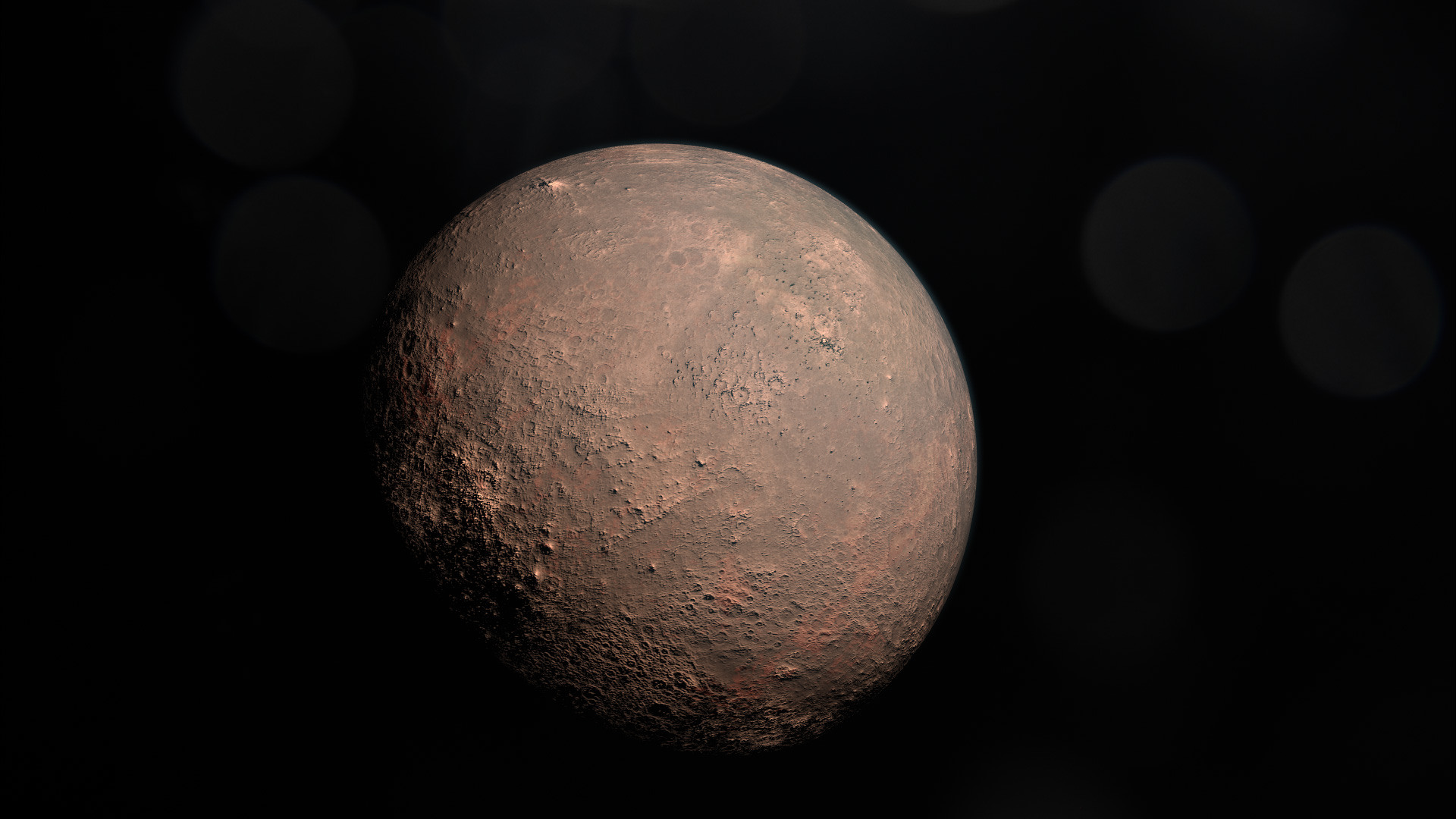Planetary Trio with Possibly Habitable World

The new study reveals that the star is likely orbited not by one, but at least three super-Earth mass planets, one of them in a temperate orbit that might allow liquid water on its surface. The paper describing the findings is published on Wednesday, 31 July 2019, in the journal Astronomy & Astrophysics.
The detection of the two additional planets was enabled by the combination of new and historical measurements of the motion of the star using the radial velocity technique. Many of the new measurements come from the CARMENES spectrograph. The CARMENES consortium composed by German and Spanish institutes, including several researchers from ICE/CSIC and IEEC, has recently decided to allocate part of the project time to obtain follow-up observations of high-profile objects in a global collaboration organised by the TESS/NASA team.
The planet initially detected by TESS (GJ 357 b) has an orbital period of 3.9 days, a radius only 20% larger than Earth’s and a mass of about two Earth masses. The orbit corresponding to such a short orbital period is very close to the star, so despite its similarities with Earth, it is likely a very hot place (~250ºC).
The second planet, GJ 357 c, has a mass at least 3.4 times that of the Earth’s, orbits the star every 9.1 days and has an approximate equilibrium temperature of 130ºC. Transits of this planet are not seen by TESS, meaning its orbit is slightly misaligned with respect to the inner planet, as it also happens in our Solar System.
The third planet, GJ 357 d, is the outermost planet known in the system for now. This planet is at least 6.1 times Earth’s mass and orbits the star every 55.7 days, at a distance of about 20 % of Earth’s distance from the Sun. Due to the limited time TESS spent on this object, the scientists still do not know if this third planet transits, and they do not have information on its size either. GJ 357 d is particularly interesting because its equilibrium temperature would be around -50C, which is similar to what Earth or Mars would have without an atmosphere.
To read more on this discovery, please access the original press release.
A video explaining these results is available at this link.
More information
The CARMENES (Calar Alto high-Resolution search for M dwarfs with Exoearths with Near-infrared and optical Échelle Spectrographs) instrument is a high-resolution optical and near-infrared spectrograph built in collaboration by 11 Spanish and German research institutions, and it is operated by the Calar Alto observatory (Spain). CARMENES has been working non-stop since 2016.
Original article source : Francis Reddy NASA’s Goddard Space Flight Center, Greenbelt, Md.
Credit for artist's impression of planets: NASA's Goddard Space Flight Center/Chris Smith
Credit for artist's impression of the system: Carl Sagan Institute/Jack Madden
